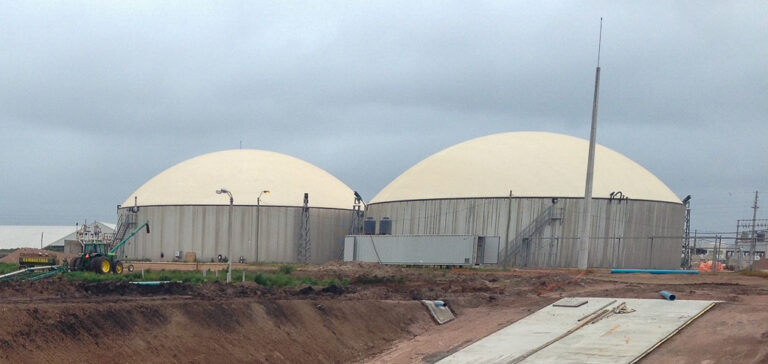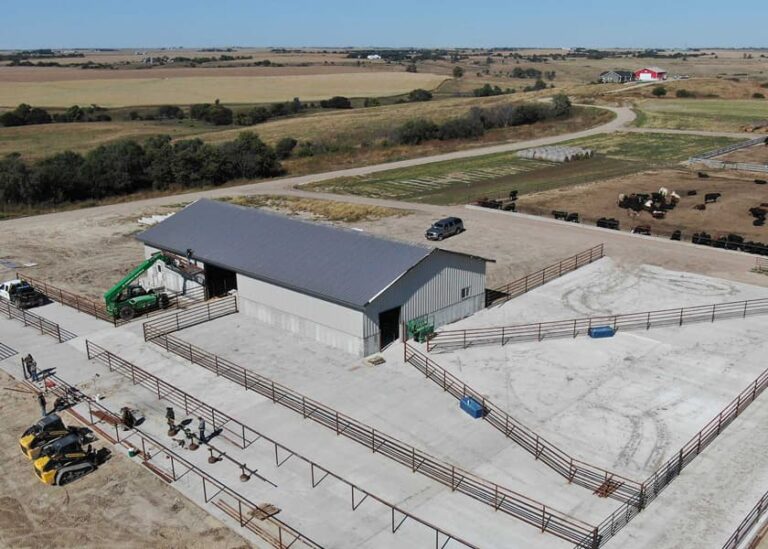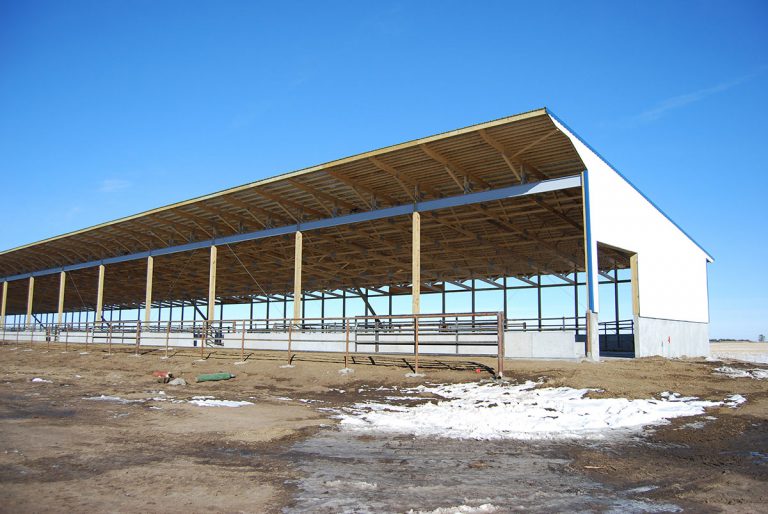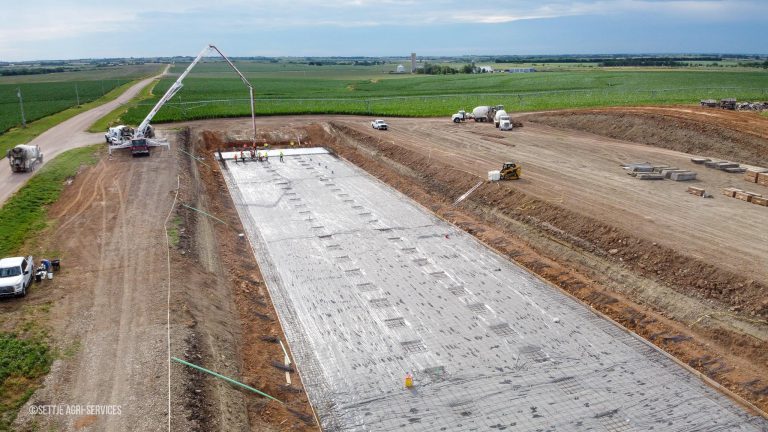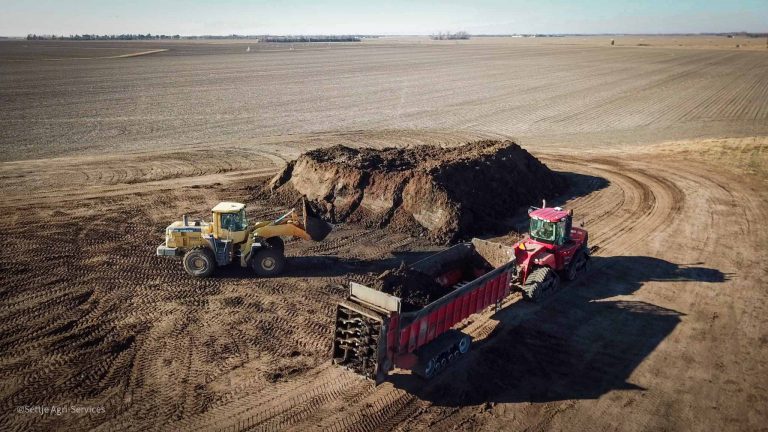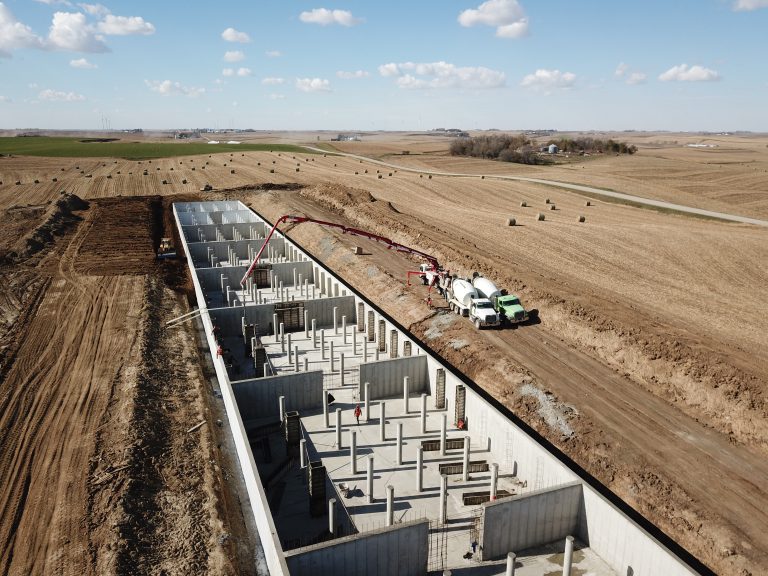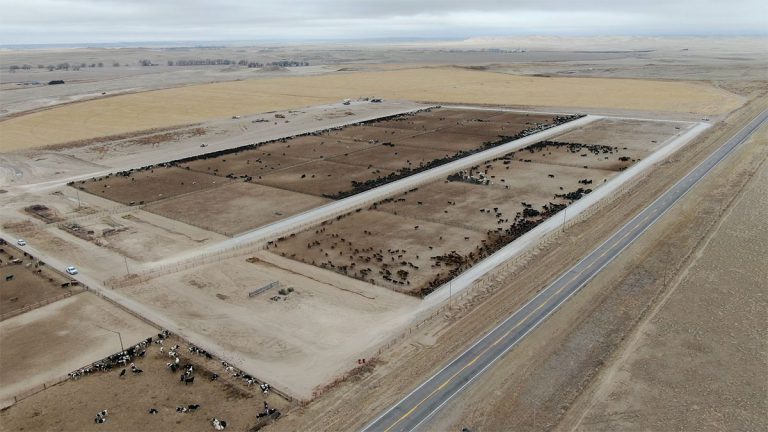
Dairy Manure Digestion and Dilution, Part 2: Manure Thickening — Myth, Reality, or Maybe?
Written by Andrew Wedel PE — Settje Agri-Services & Engineering
Depending on the anaerobic digestion system chosen, the desired total solids content of AD influent ranges from between 6 and 12%. Assuming equal hydraulic retention times, lower values of influent TS result in larger tanks and higher operating expenses due to the need to heat water, which has no fuel value. Last month in part 1 of the discussion on manure dilution and anaerobic digestion, we discussed sources of dilution, estimated quantities, and the effects of dilution on AD-influent total solids (TS) content. To review, it was shown how manure excreted at 12% TS could reasonably be diluted to 6% TS, assuming some typical volumes for dilution water added as part of the milking process
Read Post
